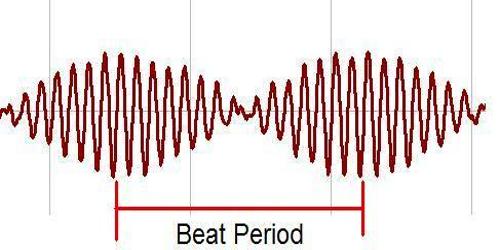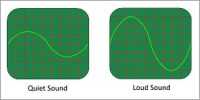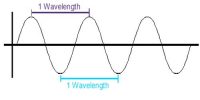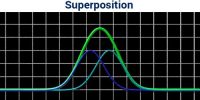Conditions for the formation of beats
The wave’s amplitude and the frequency of beating should be similar; it just depends on column/height that is large for feet than the brain and that is all this cause. It happens when two sound waves of faintly diverse frequencies traveling along a similar direction, path, in a similar medium superpose each other, the intensity of the resultant sound at any point in the medium rises and falls instead with time. Beats are heard when the dissimilarity in frequency is less than 10. (because a human ear can distinguish two sounds distinctly only if they vary in time by 0.1 sec.). The waves traveling with approximately similar frequency and amplitudes in the same direction produce beats.
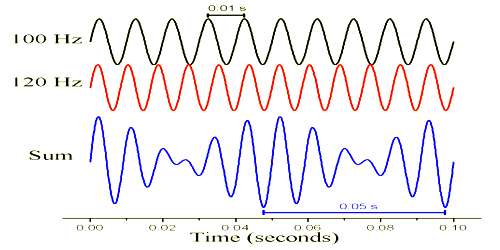
(i) Two sound waves constituting beats must originate at the same time.
(ii) Frequencies and amplitudes of the two wags constituting beats should be nearly equal.
(iii) Displacement of the particles of the medium due to two waves should be along the same line.
(iv) The phase difference of the resultant wave at a point must vary with time.
(v) The amplitude of the resultant wave must vary with time. The amplitude of the two interfering waves should be similar.
(vi) For beats to be audible the difference in the frequency of the two sound waves should be not over 10. The beats can be heard only if the frequency dissimilarity is less than 10.
(vii) The difference between the frequencies of interfering waves should be small. If the difference moves above 10 then we shall hear more then 10 beats per 1 second.
(viii) But due to the persistence of hearing, our ear is not able to distinguish between two sounds as separate.
